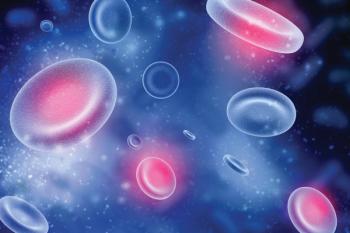
For patients with relapsed/refractory diffuse large b-cell lymphoma, meaningful efficacy outcomes were shown with FS118.

Your AI-Trained Oncology Knowledge Connection!


For patients with relapsed/refractory diffuse large b-cell lymphoma, meaningful efficacy outcomes were shown with FS118.
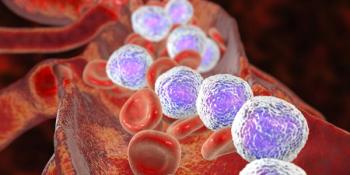
DZD8586 results in favorable safety with limited grade 3 or greater treatment-emergent adverse effects in those with B-cell non-Hodgkin lymphoma, according to data from 2 ongoing phase 1 trials.

The phase 2 LuminICE study shows potential for the AFM13/AB-101 combination in treating patients with relapsed or refractory CD30-positive lymphoma.
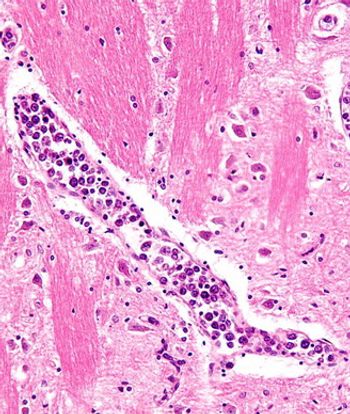
Treatment with pirtobrutinib may be a standard of care in patients with relapsed/refractory mantle cell lymphoma previously treated with a covalent BTK inhibitor, says Jonathon B. Cohen, MD, MS.
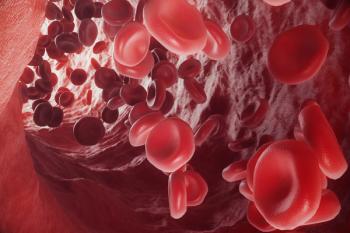
Updated safety and subgroup analyses appear consistent with previously reported results from the phase 2 ZUMA-12 study of axicabtagene ciloleucel for patients with high-risk large B-cell lymphoma.

Zanubrutinib plus obinutuzumab and venetoclax appears to be well tolerated in patients with TP53-mutated mantle cell lymphoma, says Anita Kumar, MD.

The addition of venetoclax to ibrutinib yields a favorable benefit/risk profile in patients with relapsed/refractory MCL, according to data from the phase 3 SYMPATICO trial.

A first-in-human phase 1a/1b trial will evaluate the dose escalation of NX-1607 in patients with persistent lymphoma, including those with diffuse large B-cell lymphoma.
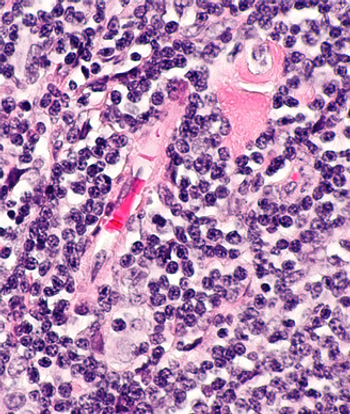
Pirtobrutinib may be a clinically meaningful option for those with relapsed/refractory follicular lymphoma, although additional data are necessary, says Nirav N. Shah, MD.
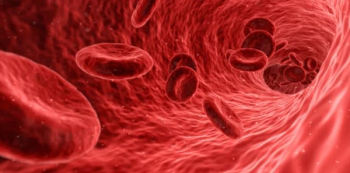
Investigators report no new safety signals in patients with relapsed/refractory follicular lymphoma following treatment with tisagenlecleucel infusion.
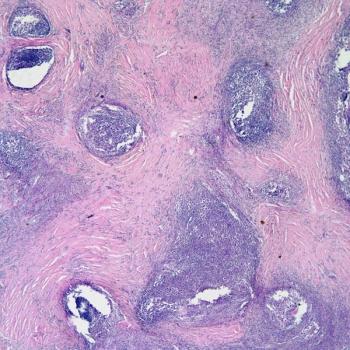
Brentuximab vedotin plus nivolumab, doxorubicin, and dacarbazine appears to be well tolerated in patients with advanced stage classical Hodgkin lymphoma, according to data from the phase 2 SGN35-027 trial.
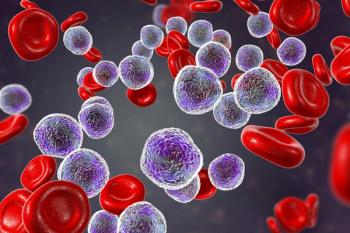
Auto-HCT results in higher overall survival compared with CAR-T cell therapy in patients with relapsed large B-cell lymphoma while they are in complete response, according to findings from a retrospective study.

Treatment with golidocitinib meets the primary endpoint of ORR as well as the secondary endpoints of PFS and safety in the phase 2 JACKPOT8 trial.
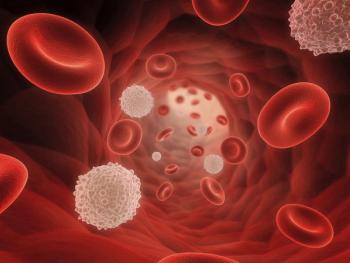
Data from the ZUMA-7 trial shows that age alone should not be a barrier of consideration of administering CAR T-cell therapy to patients with large B-cell lymphoma, says Marie José Kersten, MD.
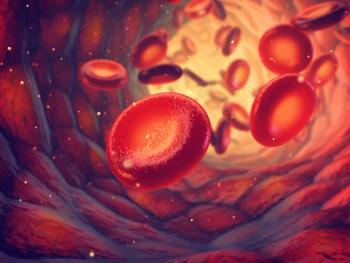
A 70% overall response rate was observed when bridging therapy was added to axi-cel for patients with relapsed/refractory large B-cell lymphoma.
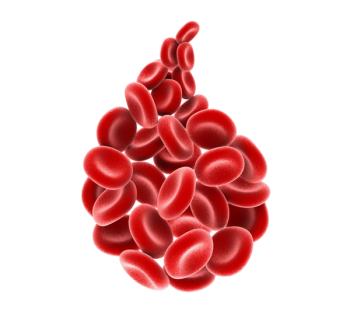
The phase ZUMA-2 trial showed safe and efficacious responses for patients with relapsed/refractory mantle cell lymphoma treated with brexucabtagene autoleucel.
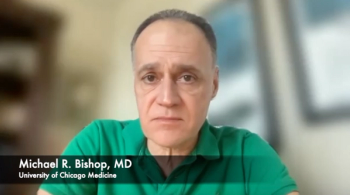
Michael R. Bishop, MD, discussed how he thinks the results from phase 3 BELINDA study may impact the treatment landscape in B-cell lymphomas moving forward.

Michael R. Bishop, MD, highlighted the population of patients with relapsed/refractory B-cell non-Hodgkin lymphoma who were enrolled on the phase 3 BELINDA study and treated with tisagenlecleucel.
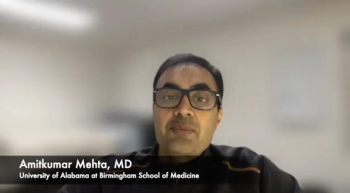
Amitkumar Mehta, MD, discusses the role of parsaclisib and how it fits into the treatment landscape of relapsed/refractory mantle cell lymphoma.
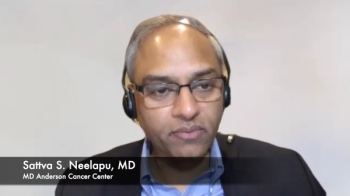
Sattva S. Neelapu, MD, spoke about continuing to look at results from the ZUMA-5 trial to determine if axicabtagene ciloleucel can cure patients with relapsed or refractory indolent non-Hodgkin lymphoma

Patients with previously untreated diffuse large B-cell lymphoma experienced promising responses after being treated with tafasitamab-cxix and lenalidomide plus rituximab, cyclophosphamide, doxorubicin, vincristin, and prednisone.

Patients with high-risk large B-cell lymphoma saw durable responses when treated with axicabtagene ciloleucel.

A 27% reduction in the risk of progression or death was noted when polatuzumab vedotin was added on R-CHP vs R-CHOP for patients with intermediate- or high-risk diffuse large B-cell lymphoma who received treatment in the first line.
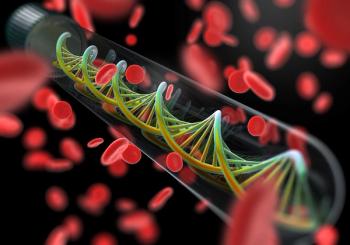
A positive overall response rate was achieved when patients with relapsed/refractory peripheral T-cell lymphoma were treated with duvelisib plus romidespin.

Patients with large B-cell lymphoma who were previously excluded from investigations experienced increased efficacy with the use of axicabtagene ciloleucel.

Glofitamab monotherapy or in combination with obinutuzumab led to strong response rates for patients with multiple relapsed or refractory follicular lymphoma.
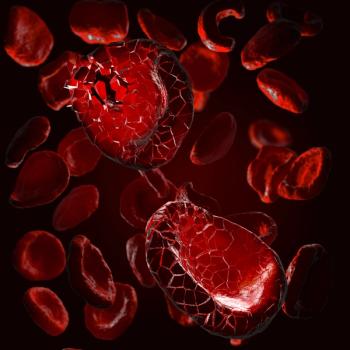
Treatment with naratuximab emtansine and rituximab appeared to be well-tolerated with efficacious responses in a population of patients with B-cell non-Hodgkin lymphomas who were ineligible for stem cell transplant or CAR-T cell therapy.

The ZUMA-7 trial demonstrated an event-free survival improvement in patients with relapsed or refractory large B-cell lymphoma treated with axicabtagene ciloleucel.
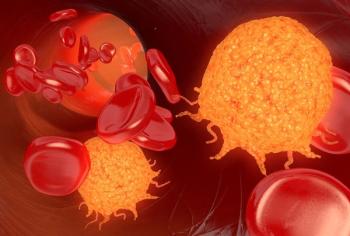
Patients with relapsed or refractory follicular lymphoma or marginal zone lymphoma had high rates of response and overall survival with axicabtagene ciloleucel at an updated analysis of the ZUMA-5 trial.

Preclinical data show promise for the novel non-covalent Bruton tyrosine kinase inhibitor pirtobrutinib in mantle cell lymphoma with resistance to both ibrutinib and venetoclax.